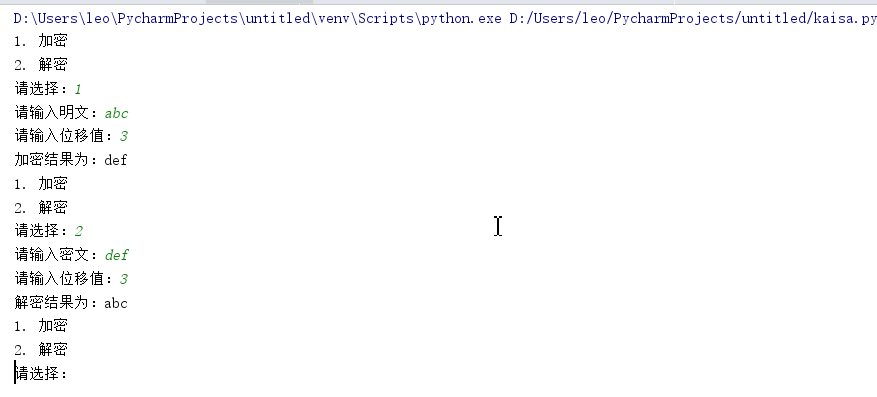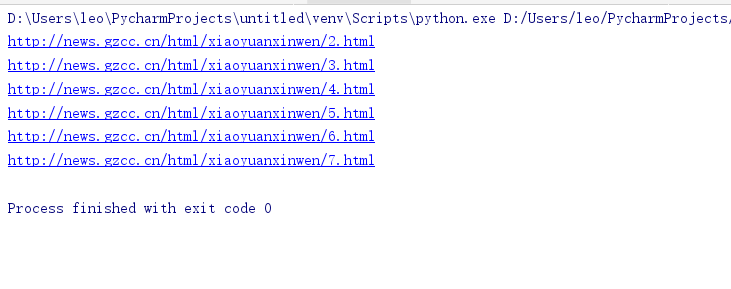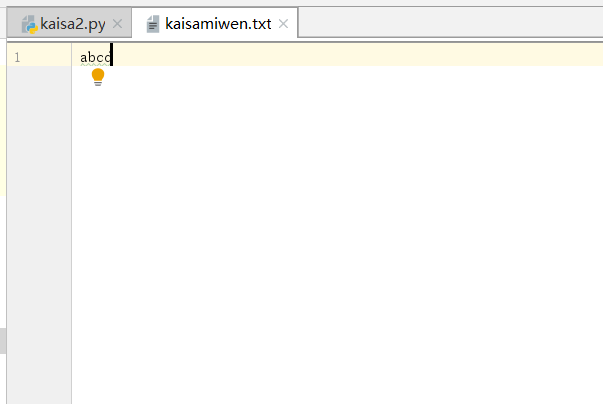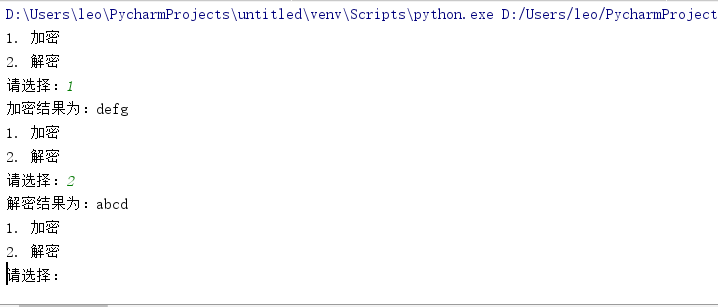字符串操作、文件操作,英文词频统计预处理
作业要求:https://edu.cnblogs.com/campus/gzcc/GZCC-16SE1/homework/2684
1.字符串操作:
- 解析身份证号:生日、性别、出生地等。
代码如下:
import datetime
class GetInformation(object):
def __init__(self, id):
self.id = id
self.birth_area = self.id[0:2]
self.birth_year = int(self.id[6:10])
self.birth_month = int(self.id[10:12])
self.birth_day = int(self.id[12:14])
#地区
def get_birth_area(self):
area = {"11": "北京", "12": "天津", "13": "河北", "14": "山西", "15": "内蒙古", "21": "辽宁", "22": "吉林", "23": "黑龙江",
"31": "上海", "32": "江苏", "33": "浙江", "34": "安徽", "35": "福建", "36": "江西", "37": "山东", "41": "河南", "42": "湖北",
"43": "湖南", "44": "广东", "45": "广西", "46": "海南", "50": "重庆", "51": "四川", "52": "贵州", "53": "云南", "54": "西藏",
"61": "陕西", "62": "甘肃", "63": "青海", "64": "宁夏", "65": "新疆", "71": "台湾", "81": "香港", "82": "澳门", "91": "国外"}
return area[self.birth_area]
#出生日期
def get_birthday(self):
birthday = "{}-{}-{}".format(self.birth_year, self.birth_month, self.birth_day)
return birthday
#性别
def get_sex(self):
num = int(self.id[16:17])
if num % 2 == 0:
return "女"
else:
return "男"
#年龄
def get_age(self):
now = (datetime.datetime.now() + datetime.timedelta(days=1))
year = now.year
month = now.month
day = now.day
if year == self.birth_year:
return 0
else:
if self.birth_month > month or (self.birth_month == month and self.birth_day > day):
return year - self.birth_year - 1
else:
return year - self.birth_year
ID = input("请输入一个合法的真实的身份证号码:")
birtharea = GetInformation(ID).get_birth_area()
birthday = GetInformation(ID).get_birthday()
age = str(GetInformation(ID).get_age())
sex = GetInformation(ID).get_sex()
print("出生地:"+birtharea+"\n出生日期为:"+birthday+",年龄"+age+"岁,性别:"+sex)

- 凯撒密码编码与解码

- 网址观察与批量生成
代码如下:
import webbrowser
for i in range(2,8):
url='http://news.gzcc.cn/html/xiaoyuanxinwen/{}.html'.format(i)
webbrowser.open(url)
print(url)

2.英文词频统计预处理
- 下载一首英文的歌词或文章或小说。
- 将所有大写转换为小写
- 将所有其他做分隔符(,.?!)替换为空格
- 分隔出一个一个的单词
- 并统计单词出现的次数。
代码如下:
import os
def read_file():
f = open('C:\\Users\\leo\\Desktop\\you raise me up.txt', 'r', encoding='utf-8')
content = f.read()
f.close()
return content
text = read_file()
for i in ',.?;-':
text = text.replace(i," ")
song = text.lower().split()
from collections import Counter
wd = Counter(song)
print("词频统计--出现次数为5次以上的")
print(wd.most_common(5))

3.文件操作
- 同一目录、绝对路径、相对路径
- 凯撒密码:从文件读入密函,进行加密或解密,保存到文件。
- 词频统计:下载一首英文的歌词或文章或小说,保存为utf8文件。从文件读入文本进行处理。
代码如下:
import os
#读文件
def read_file():
f = open('kaisamiwen.txt', 'r', encoding='utf-8')
content = f.read()
f.close()
return content
#写文件
def write_file(word):
f = open('kaisamiwen.txt', 'w', encoding='utf-8')
f.write(word)
f.close()
def encryption():
str_change = read_file()
str_list = list(str_change)
str_list_encry = str_list
i = 0
while i < len(str_list):
if ord(str_list[i]) < 123-3:
str_list_encry[i] = chr(ord(str_list[i]) + 3)
else:
str_list_encry[i] = chr(ord(str_list[i]) + 3 - 26)
i = i+1
write_file("".join(str_list_encry))
print ("加密结果为:"+"".join(str_list_encry))
def decryption():
str_change = read_file()
str_list = list(str_change)
str_list_decry = str_list
i = 0
while i < len(str_list):
if ord(str_list[i]) >= 97+3:
str_list_decry[i] = chr(ord(str_list[i]) - 3)
else:
str_list_decry[i] = chr(ord(str_list[i]) + 26 - 3)
i = i+1
write_file("".join(str_list_decry))
print ("解密结果为:"+"".join(str_list_decry))
while True:
print (u"1. 加密")
print (u"2. 解密")
choice = input("请选择:")
if choice == "1":
encryption()
elif choice == "2":
decryption()
else:
print (u"您的输入有误!")


4.函数定义
- 加密函数
代码如下:
def encryption():
str_change = read_file()
str_list = list(str_change)
str_list_encry = str_list
i = 0
while i < len(str_list):
if ord(str_list[i]) < 123-3:
str_list_encry[i] = chr(ord(str_list[i]) + 3)
else:
str_list_encry[i] = chr(ord(str_list[i]) + 3 - 26)
i = i+1
write_file("".join(str_list_encry))
print ("加密结果为:"+"".join(str_list_encry))
- 解密函数
代码如下:
def decryption():
str_change = read_file()
str_list = list(str_change)
str_list_decry = str_list
i = 0
while i < len(str_list):
if ord(str_list[i]) >= 97+3:
str_list_decry[i] = chr(ord(str_list[i]) - 3)
else:
str_list_decry[i] = chr(ord(str_list[i]) + 26 - 3)
i = i+1
write_file("".join(str_list_decry))
print ("解密结果为:"+"".join(str_list_decry))
- 读文本函数
代码如下:
#读文件
def read_file():
f = open('kaisamiwen.txt', 'r', encoding='utf-8')
content = f.read()
f.close()
return content
#写文件
def write_file(word):
f = open('kaisamiwen.txt', 'w', encoding='utf-8')
f.write(word)
f.close()


